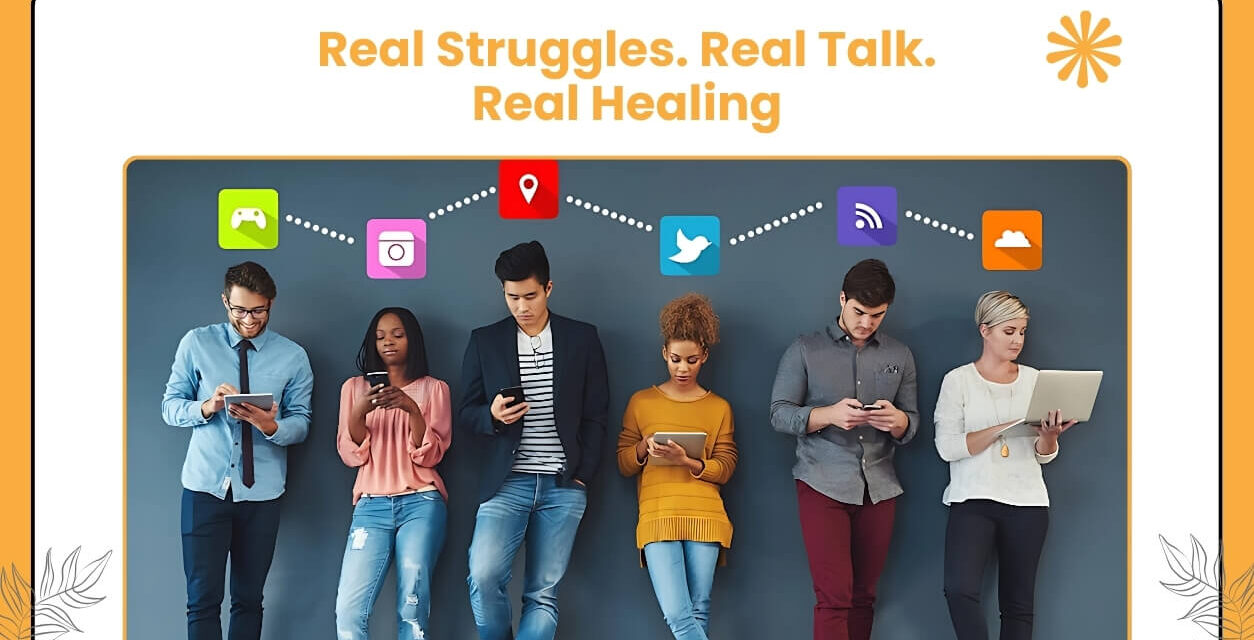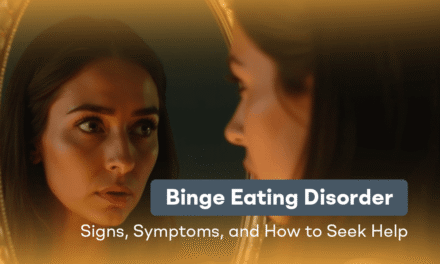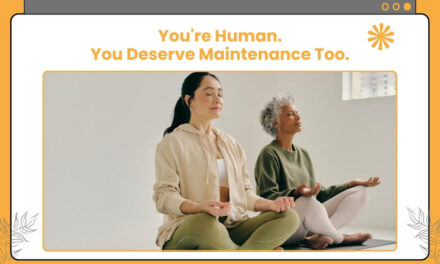As part of my senior project this semester at Muhlenberg College, I had the opportunity to investigate social media’s effect on mental health stigma (understood as negative attitudes and biases towards people with mental illness and/or those in treatment). My research team focused on one of the most popular social media apps, TikTok. It’s a platform known for quick, personal videos. We wanted to understand if these videos could change the way people view mental health.
What Is Mental Health Stigma?
Mental health stigma is when people carry negative thoughts or biases about mental illness. It can also mean judging those who seek treatment.
Stigma in Everyday Life and Treatment-Seeking
Stigma shows up in day-to-day life in minute but painful ways. It could be a rude remark. It could be avoiding someone who is struggling. These actions make people feel isolated. Often, people also feel ashamed. So ashamed that many people avoid reaching out for help, even when they really need it.
The Role of Social Media in Shaping Mental Health Perceptions
As we already know, movies and TV shape public views of mental illness. Today, social media and mental health stigma are just as influential.
Media Influence on Stigma
On TikTok, people post about their daily lives. Some share inspiring and honest stories. Others, however, spread harmful stereotypes. This makes social media a mix of both helpful and harmful when shaping public attitudes.
Our Research on Social Media and Mental Health Stigma
We wanted to see what impact TikTok videos could have on people’s attitudes.
Study Design and Participants
We worked with 150 participants. Each one watched two videos about either ADHD or depression. Videos were divided into groups: positive, negative, or mixed.
ADHD Stigma vs Depression Stigma
We used established scales to measure stigma before and after. The results were striking. ADHD stigma decreased after people viewed positive videos. But the depression stigma stayed almost the same.
Impact of Positive vs Negative Content
Positive content worked best. Participants who saw positive videos about ADHD felt less judgmental afterward. Negative videos did not create the same shift.
Key Findings on Social Media’s Impact on Stigma
How Positive Videos Reduced Stigma?
Positive storytelling built empathy. It showed people that mental illness is real and relatable.
Why Was Depression-Related Stigma Less Affected?
The stereotypes around depression may run deeper. That makes them harder to change, even with supportive content.
The Role of Age in Stigma Perception
Older participants had lower stigma scores than younger ones after watching the videos. Age clearly influenced how people processed what they saw.
Implications of Media Influence on Mental Health Stigma
Encouraging Professional Help-Seeking
Lower stigma makes it easier to reach out for therapy. Resources like Psychotherapy and Mental Health Counseling can feel less intimidating.
Building Supportive Communities Through Media
Positive content also creates space for open conversations. Online groups, like the depression support group, can become safe places for connection.
Final Thoughts on Social Media and Mental Health Stigma
This project showed me how powerful social media can be. TikTok isn’t just for trends. It’s also shaping how we view mental illness. Positive content can reduce stigma. Negative content can keep stereotypes alive. All in all, what we share online matters.
FAQs
What is mental health stigma in the media?
It’s the negative portrayal of people with mental illness on TV, in movies, or online platforms.
How does social media affect mental health stigma?
Positive content can lower stigma. Negative content can increase it.
Can TikTok reduce stigma around mental illness?
Yes. Personal and supportive videos on TikTok can give people more strength to ask for help with resources like Psychotherapy and Mental Health Counseling to better their mental health
Why does positive content on social media matter for mental health awareness?
Our research results also show that positive content for mental health awareness does reduce stigma around it. This helps break stereotypes. It also encourages people to seek help and share their struggles.
What role does age play in attitudes toward mental health on social media?
In our study, older participants were less likely to hold stigma after watching videos compared to younger participants. This clearly shows that old people are more likely to be affected positively by positive content about mental health on social media.





